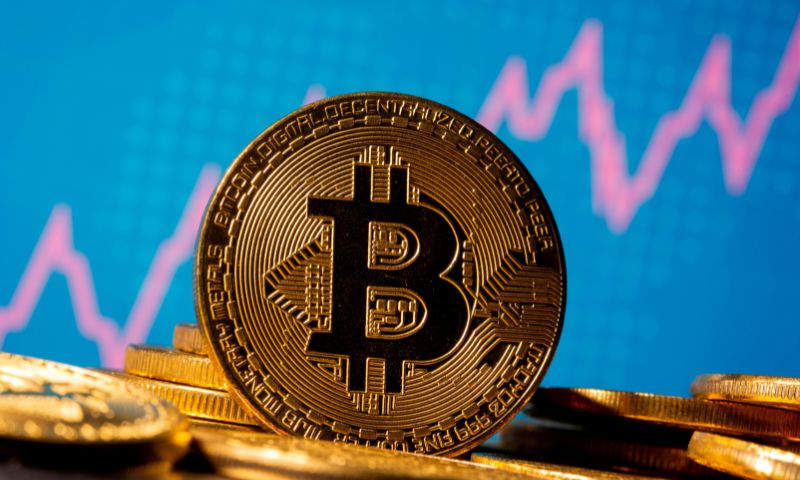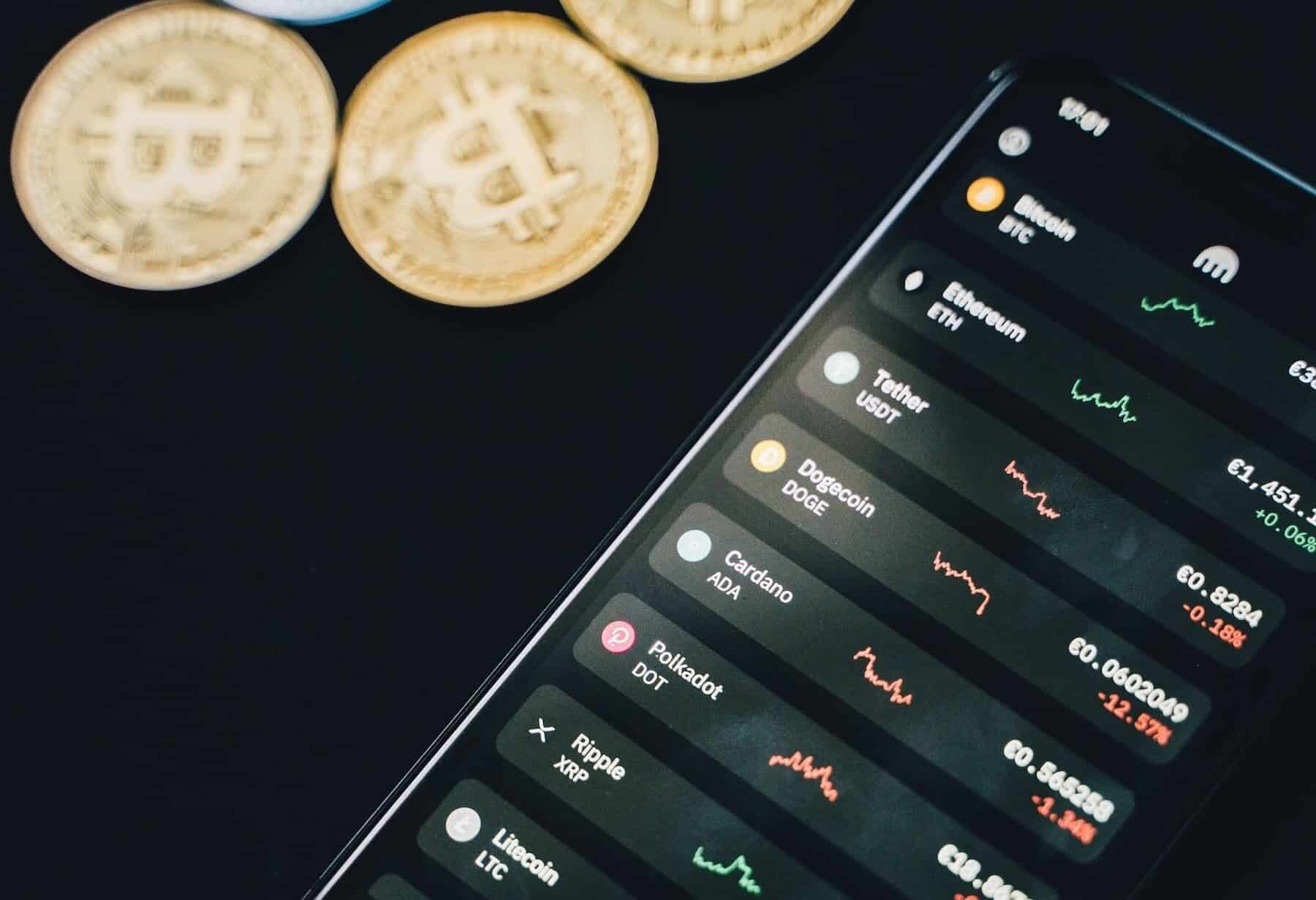How to measure crypto exchange liquidity—it’s a must-know for you as an investor. The world of crypto is vast, and diving deep without a firm grasp on liquidity is like sailing without a compass. In this guide, I cut through the jargon and provide you with solid, straightforward methods to evaluate exchanges like a pro. From understanding liquidity’s core role to analyzing key indicators that signal when to jump in or out, you’ll gain the insights needed to navigate the turbulent waters of cryptocurrency markets with confidence. Read on to transform your investing strategy and enhance your trading experience!
Understanding the Fundamentals of Crypto Exchange Liquidity
The Role of Liquidity Metrics in Crypto Trading
When we trade crypto, it’s like being in a bustling market. You want to buy and sell stuff fast, right? Liquidity makes that happen. It tells us how quickly we can trade without bumping the price too much. High liquidity means lots of action, and you can buy or sell a lot without a big price change. Low liquidity can mean trouble, like you’re trying to shop in a sleepy store with not much to sell.
Let’s break this down with my grandma’s lemonade stand. If she has lots of lemonade and loads of people are buying it, that’s like a crypto with high liquidity. It’s easy to get a glass of lemonade. But if she’s running low and only a few people come by, it’s like low liquidity. You might not get your lemonade, or you have to pay more for it. Crypto works the same way.
Volume to Order Book Depth Ratio Explained
Volume to order book depth is a cool thing to look at. It’s like knowing how many lemonades got sold compared to how many glasses are ready to sell. A good ratio means there’s a healthy mix of buying and selling happening. This is super helpful to know if you can jump in and out of a trade without causing a splash.
Imagine you’ve got two lemonade stands. Stand A sells 100 glasses a day and always has 200 on the table. Stand B sells 10, but also has 200 ready to go. Stand A’s volume to order book depth ratio is way better. It says, “Hey, we’ve got a rocking stand here!” Stand B might leave you waiting, just like a crypto that’s hard to trade.
So, when you’re peeking at a crypto exchange, check this ratio. It’s a big clue to how easy or hard it is to trade. Awesome, right?
Remember, these tools are here to help you make smart, quick moves in the crypto game. Look at these metrics and think about the lemonade. It’s that simple, and it can save you from a sticky, pricey mess. Keep your eyes open, check the charts, and trade like a pro!
Analyzing Core Liquidity Indicators for Smart Investing
Assessing Bid-Ask Spread for Investment Readiness
What is a bid-ask spread, and why does it matter? It’s the gap between the buy and sell prices of a crypto. It shows how easily you can buy or sell an asset without moving the price much.
A tight bid-ask spread means a more liquid market. Here, crypto trading feels smooth like riding a bike on a paved road. A wide spread can mean a bumpy ride and higher costs. We look for exchanges with small differences between bids and asks. That’s because they let us trade quickly at fair prices. As an expert, I tell you, check the spread before you trade.
Evaluating Slippage in Real-Time Cryptocurrency Transactions
Now, let’s talk slippage. What’s slippage? It’s when your trade finishes at a different price than you expected. Like when you slide on ice instead of stopping smoothly. We hate that feeling!
We measure it to find out if an exchange will give us the price we see or if it will change as we click “buy” or “sell.” Small slippage means the exchange is stable. Large slippage tells us to be careful as prices could swing wildly during the trade.
We keep track of the slippage to make smart moves. A high amount warns us of a thin market. That’s where your big trade could shake things up a lot. In thick markets, even large trades are like small pebbles tossed into a pond—they don’t make big waves.
The slippage game helps us find good spots for trading. Solid exchanges show slippage stats. Our trading stays sharp when we use this intel. So, keep an eye on slippage to trade better and avoid surprises.
The Dynamics of Liquidity Providers and Automated Market Makers
Impact of AMMs on Crypto Pair Liquidity
Ever wonder how you can trade crypto anytime you want? It’s because of AMMs. They are like round-the-clock shop owners for trading pairs. Think of each pair like apple juice and cookies. Every time you want to trade juice for cookies, there’s a price set by AMMs. They do a really big job. They make sure you can always trade, no matter when.
Now, why does this matter? Liquidity is like a road for trades. The wider the road, the easier to trade. AMMs keep the road wide. A wide road means small changes in price even when trading a lot. That’s good for prices. They stay more stable.
When AMMs work well, they help make the price fair across the board. Traders love this. They can buy or sell big amounts without pushing the price too much up or down. When you want to get in or out fast, you can.
AMMs need tokens to work right. More tokens mean better trades for everyone.
Advantages of Liquidity Mining in Decentralized Finance
In DeFi, folks can earn by becoming part of liquidity mining. You might ask, “What’s that?” Liquidity mining is when you put your tokens into a pool. You do this to help make the road for trades wider. And for that, you earn. So it’s like getting paid to let others use your tokens to trade.
It helps bring more tokens into AMMs. This is how it gets cool. The more you put in, the more the pool grows. The bigger the pool, the more people want to trade. And that means more rewards for those who have contributed.
This is new in finance. Before crypto, you couldn’t really be part of such a thing. But now, anyone with tokens can join. This has changed how we look at earning from investments.
It’s pretty simple but smart. You help others and yourself at the same time. Good for you, good for the market. Everyone is happy.
The best part? It’s usually less risky than other ways of earning. Your tokens do the work. They are out there making you money even when you sleep. Isn’t that something? It’s like having a money-making machine.
But always remember, no earning is without risk. Look at the project, the pool, and see if it’s solid. A strong, well-run pool will be safer. And always know the rules of the pool. They tell you how and when you can take your tokens back.
So, here’s what to take away. AMMs and liquidity mining are big gears in the crypto machine. They help us trade whenever we want. They make trading easier, fairer, and more rewarding for everyone. Real game-changers, I’d say! And knowing about them, well, that’s smart investing.
Assessing Exchange Performance and Trader Experience
Centralized vs. Decentralized Exchange Liquidity
Let’s talk about two big fish in our pond: centralized and decentralized exchanges. You know, like the big malls versus the cool market stalls. Centralized ones are like malls, with lots of stores and tight security. Decentralized ones? They are like market stalls, freestyle and super diverse.
When you want to swap your crypto, liquidity is your best friend. In the mall exchanges, they have a bunch of money ready for you to trade. This makes trading fast and easy. You find a price you like, and boom, the deal is done. But if more people are selling than buying, things can get tricky.
Decentralized stalls are wild. They depend on folks like us to put our coins in a big pool. When there’s enough in the pool, trades happen quick. If not, you might wait longer or pay more.
So how do you pick where to trade? Think about where your coin has more pals. More pals mean more trades, and that means better prices for you. Remember, in the big malls, the heavy security can mean more trust, but at the stalls, you get the thrill of the hustle.
Navigating Low Liquid Markets and Their Risks
Now, what if you’re in a thin market, where it’s like a ghost town? This is where you gotta be careful. Imagine trying to sell something when no one’s buying – you may have to drop the price, and that’s a bummer.
This can happen in crypto too. If you’re trading something not many people know about, or there’s just a slow day, you might not find a good trade. That means waiting or taking a price cut.
The secret is to check the market depth charts. They show how much you can trade without changing the price too much. Cool, right? If it’s looking shallow, maybe wait for a better time to jump in.
Always look at the bid-ask spread too. If it’s wide, it means there’s a big gap between what sellers want and buyers will pay. And remember, slippage is how much your trade moves the price. You don’t want to be that person who makes waves by selling a bunch all at once.
And hey, keep an eye on those liquidity providers on blockchain exchanges. They’re the ones putting their coins in to make sure trades can happen. They help everyone out and, in some places, they get a little thank you in return.
So, what’s the takeaway? Check out the place where you trade. See how quick you can make moves and what’s the deal with prices. And know this: sometimes, if there’s not a lot of action, you could be the one to shake things up or get caught in a jam!
In this post, we dug into crypto exchange liquidity. We saw how liquidity metrics shape trading and learned the ins and outs of volume to order book depth. We then looked at key indicators, like bid-ask spread and slippage, to gauge smart investing moves. We explored how AMMs affect crypto pair liquidity and highlighted perks of liquidity mining.
Lastly, we compared centralized and decentralized exchanges and talked about the dangers of low liquid markets. Always keep these points in mind when you’re trading. They can make or break your crypto game. Stay sharp and trade smart!
Q&A :
How do you determine the liquidity of a cryptocurrency exchange?
Analyzing the liquidity of a cryptocurrency exchange involves looking at various factors such as the exchange’s trading volume, the order book depth, bid-ask spread, and slippage. A higher trading volume indicates more active buying and selling, suggesting good liquidity. Narrow bid-ask spreads and fuller order books also point toward a liquid market, as they mean there is a healthy balance of buyers and sellers. Slippage, or how much the price moves when a large order is filled, should be minimal in a liquid market.
What indicators are best for assessing liquidity on a crypto platform?
The best indicators for assessing liquidity on a crypto platform include the 24-hour trading volume, which showcases the amount of trading activity on the exchange. The order book depth is also crucial, as it reveals the number of buy and sell orders at varying price levels. Additionally, the bid-ask spread, the difference between the highest bid and the lowest ask, is a quick indicator of market liquidity. A tight (narrow) spread typically indicates a more liquid market.
Can you measure an exchange’s liquidity by the number of coins listed?
While the number of coins listed on a crypto exchange can affect liquidity, it is not a direct measure of it. A higher number of listed coins can potentially attract more traders and contribute to higher overall liquidity. However, it’s crucial to look at specific trading pairs’ volume and depth. Some exchanges may list many coins but have poor liquidity in individual markets.
Why is liquidity important in a cryptocurrency exchange?
Liquidity is crucial in a cryptocurrency exchange because it affects the ease with which traders can enter and exit positions without causing significant price movements. High liquidity indicates a stable environment where assets can be bought and sold quickly at transparent prices, reducing the risk of market manipulation and price volatility. It also ensures that transactions can be executed at or close to advertised prices, minimizing slippage costs for traders.
How does liquidity affect transaction costs on crypto exchanges?
Liquidity directly impacts transaction costs on crypto exchanges. In a highly liquid market, transaction costs are typically lower because the bid-ask spread is tight, and traders can execute large orders without significantly impacting the market price. Conversely, in a low liquidity market, the spread is wider, and large orders can cause substantial price changes, leading to higher transaction costs due to slippage.






